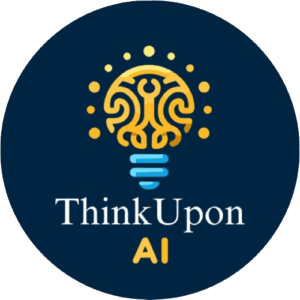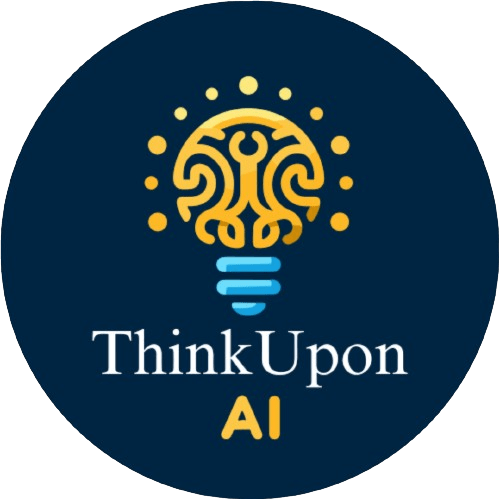
Ever since I was a child, I’ve been eager to learn to drive a car.
I remember myself holding the wheel for the first time in my life. The person right beside me, my father, started giving me instructions. “Make sure the gearstick is at neutral and start the ignition. Press the clutch pedal and engage the first gear. Then, slowly release the clutch pedal and start pressing the accelerator”. I did everything as instructed but…. the car stopped with a jerk !!
I think all of us have faced similar situations while learning to drive a manual car. Of course, we had to practice again and again until we get comfortable with it. And now, we can drive without even consciously thinking about those instructions and having fun at the same time. Isn’t that magic??
That is one of the examples of how human can think intuitively and not intellectually.
What is intuition?
According to Britannica dictionary,
” Intuition is a natural ability or power that makes it possible to know something without any proof or evidence “
In other words, intuition is to acquire knowledge, without any recourse to conscious reasoning or needing an explanation. It is an altogether different dimension of computing. Where we as humans have the ability to skip directly to the results without going through the steps in between. The use of this intuition is sometimes also referred to as “gut feeling” or “the sixth sense”.
Furthermore, an article from Melody Wilding, published in Harvard Business Review explores the science behind this “gut feeling”. And I quote “Scientists call the stomach the ‘second brain’ for a reason. There’s a vast neural network of 100 million neurons lining your entire digestive tract. That’s more neurons than are found in the spinal cord, which points to the gut’s incredible processing abilities”
Having said that, humans can leverage the power of intuitive thinking in various situations. For instance, using pure logical reasoning in decision-making can sometimes limit our capabilities due to overthinking or limited knowledge of the topic. Still, the main advantage of employing logical reasoning is its reliability, because of the conscious reasoning involved. On the other hand, the gut feeling can’t be always relied upon, as it never answers how we arrive at the results. So, humans can use their gut feelings in combination with rational thinking, once they have a strong and developed sense of intuition. And in fact, surveys have shown that many leaders already use this approach which leads to better decision-making outcomes.
But, the main question is that if humans can develop and use this sense of intuition for their benefit, can AI be intuitive as well??
Can AI really be intuitive ?

To explore the answers to the above question, we must delve deeper into our intuition.
In the above image, you can see two children painted on the wall and a cycle standing beside the wall. But generally, we ignore some information. For instance, the image also contains 3 to 4 dried leaves on the floor. It is simply because we don’t think that the information is “valuable” to us. Likewise, at every second, we are collecting a huge amount of information based on our perception of the outer world through our five senses. But, to make our lives simpler, our brain decides to store only “valuable” information in our conscious memory. This memory we can generally access to aid our thought process and arrive at a logical answer to any given problem.
But, there is more to it. Although we are aware of conscious memory, there is another part of the memory that also stores heaps of information but in a totally different pattern. This is referred to as subconscious memory. This memory is constantly working to absorb information even when we are not consciously aware of it. Further, there are studies that prove that our brains can store and process information even when we are asleep. The information stored in the subconscious mind has altogether different patterns as compared to the conscious mind. These patterns are just a consequence of the absorbed information, which is repeated and fed to our subconscious memory many times over (like in the example of driving a car).
Interestingly in AI, there is no such thing as conscious and subconscious memory. The only characteristic of AI that we can compare to human intuition lies in the way the information is stored and mapped with each other. At this stage, AI has already done tremendous advancements in recognizing deep patterns in the dataset. Some of them are not even comprehensible by the researchers. When we consider this gray area of AI, there are chances that these sophisticated patterns can approach the behavior of human intuition. And in fact, researchers have already recognized this behavior as Artificial Intuition.
Artificial Intuition: The fourth generation of AI
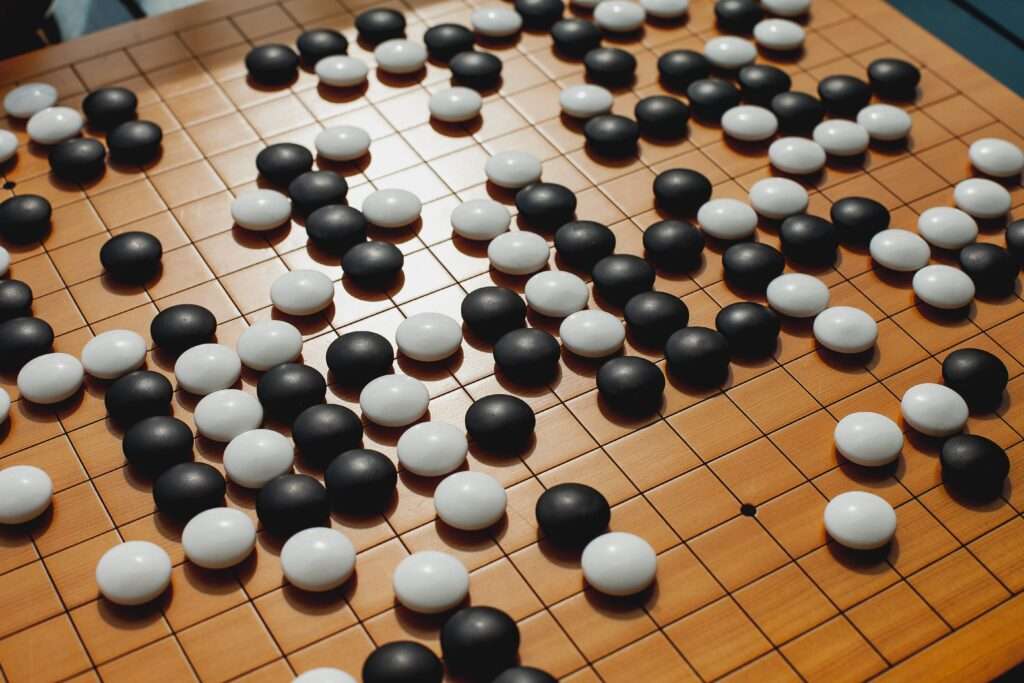
According to Wikipedia –
“Artificial Intuition is a theoretical capacity of an artificial software to function similarly to human consciousness. Specifically, in the capacity of human consciousness known as intuition”
Just to provide the context, I would like to brief about the previous generations of AI and what type of questions they addressed.
- First generation of AI: Descriptive analytics (What happened?)
- Second generation of AI: Diagnostic analytics (Why did it happen?)
- Third and current generation of AI: Predictive analytics (Based on what has already happened, what could happen in the future?)
Talking about the fourth generation of AI, it must answer to the questions or situations that are never addressed before to the machine. Machines that can “think” on their own or have a “gut feeling” for completely unfamiliar situations.
In my opinion, this could be a very interesting step, as it can open up the true intelligence of machines (combining intellect with intuition). To dive deeper into this, I would like to take an example of the game Go.
The Game of Go
The game of Go was invented in China, more than 2500 years ago, and is considered to be the oldest board game played today. It is most abstract and simple to play. But, at the same time, its abstractness makes it one of most complex games ever invented. A typical game of Go has a breadth of 250 moves for each turn and in total 150 depth of moves. This results in 250^{150} moves or 10^{360} possibilities in a single game. Interestingly, this number is way greater than the number of atoms estimated in the known universe ( 10^{78} \sim 10^{82} )
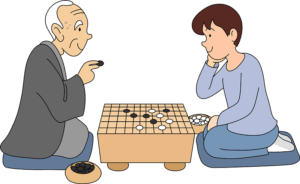
When the configurations are so huge, it is next to impossible for a machine or a human to logically evaluate all the possibilities to win the game. To appreciate its complexity, as Demis Hassabis (current CEO of DeepMind Technologies) also said, that if we combine all the computers in the world (as on March 2020) and run them for million years, they would still be not enough to explore all the possible variations in a single game of Go.
Interestingly, to handle such complexities, top Go players use their sense of intuition a lot. They judge how good a particular board position is, just by looking at it. If you ask them why they played a specific move, they could answer “It just felt right!”, without reasoning their judgement. Having said that, this makes a perfect scenario for an AI to find its own intuitive capabilities in the process of cracking the game of Go.
Artificial intuition in research
In line with our discussion, in March 2016, history was written when AlphaGo (the AI machine) defeated Lee Sedol in the game of Go. This tournament was held under the Google DeepMind challenge match. That day, it became clear that AI can really imitate human intuition and can even beat them in one of the most complex games. A lot of interesting things happened in the process of making AlphaGo. To point out one, after billions of tiny adjustments in the policy network of AlphaGo, it improved itself beyond the line where no one really understood the mapped patterns. This could be a step towards imitating human intuition. If you are interested to know more about AlphaGo, you can refer to this blog, which beautifully explains the strategies adopted by the team in imitating human intuition.
With all that said, AI is already showing signs of advancements to the level where it forms patterns, in a way, closely imitating human intuition. And this phase of AI is being recognized as the fourth generation of AI: Artificial Intuition.
AlphaGo is just one example. Artificial intuition is being developed for many applications. For instance, this paper (2016) talks about how AI can be used to learn to recognize the different styles of images. Further, these styles from different artists can be transferred to other unseen images. The figure below is directly taken from the paper mentioned. It shows how AI can be used to transfer specific artistic styles to new images. Marvellous right !!
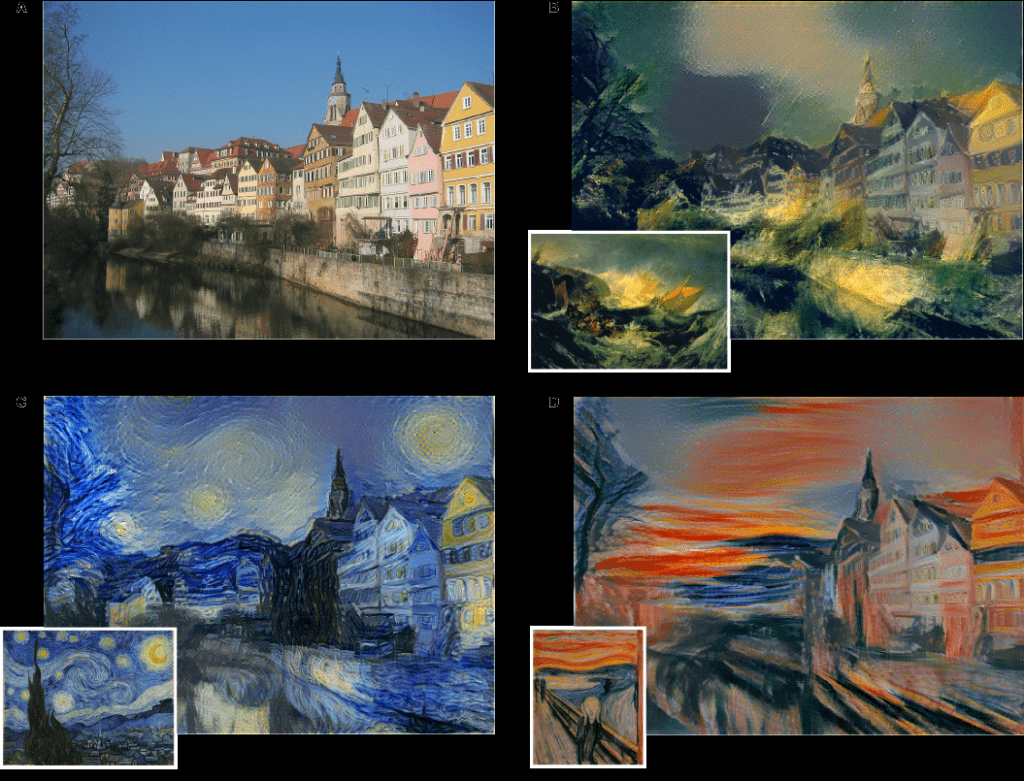
To conclude, I would like to emphasize that AI is already stepping into imitating human intuition. Further, this could also be a step towards the idea of AGI (Artificial General Intelligence), where one machine is capable of performing intellectual tasks in different contexts.
I would also like to ask you, to think on what could an advanced Artificial Intuition can look like? And how can it be used for our benefits ?? Let me know if you have some interesting insights on it.
In the end, I would like to thank you for taking the time to read the blog. I hope this has brought you some value and insight !!
To read more blogs, click here.
